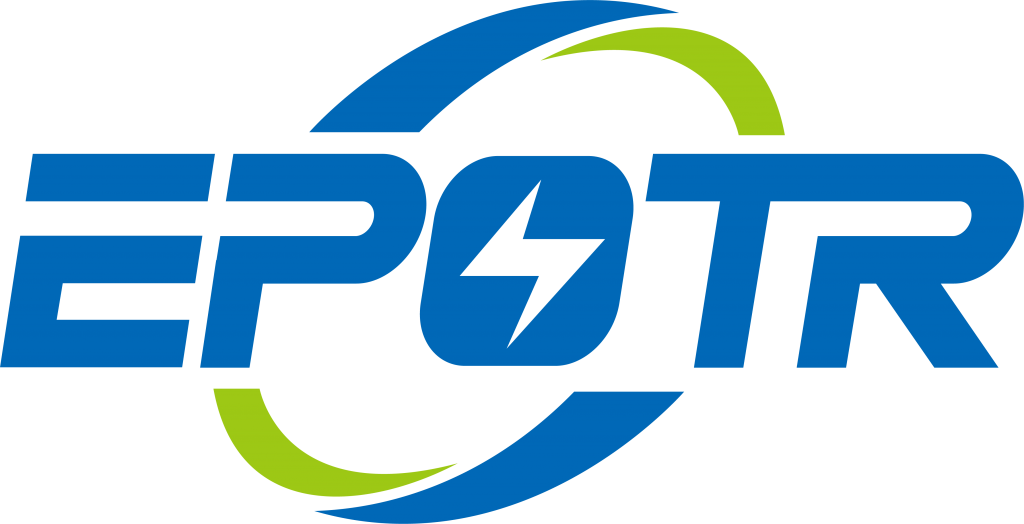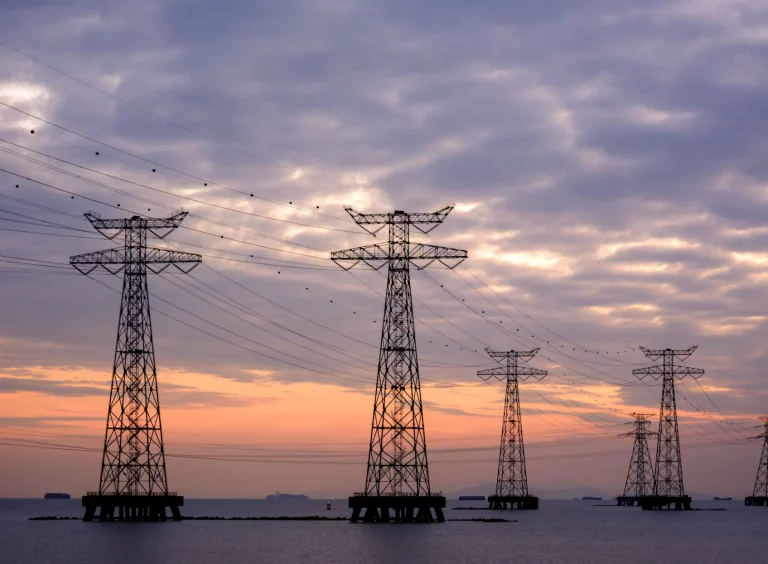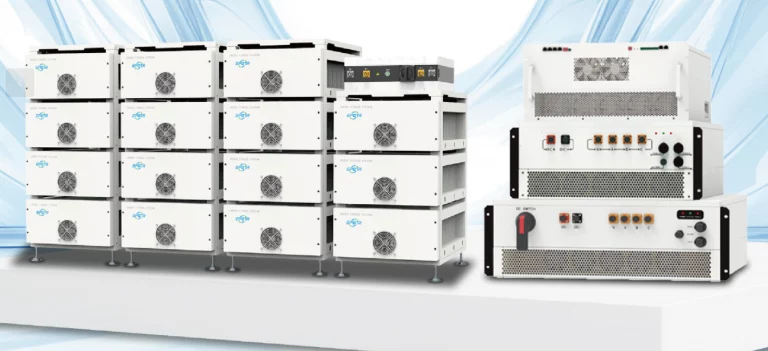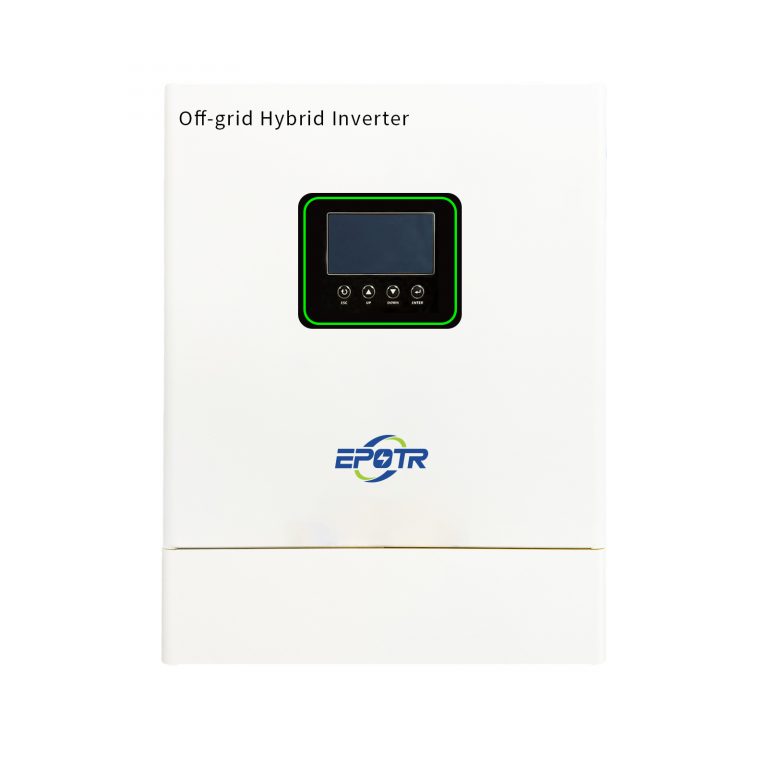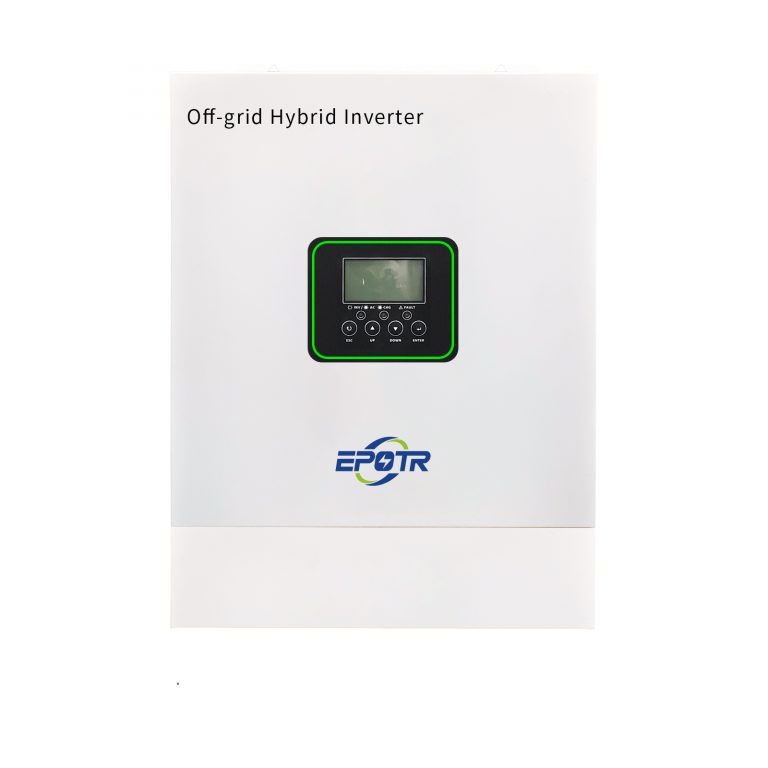Renewable energy is taking over, with solar panels and wind turbines popping up everywhere, but keeping your home powered consistently can be a challenge. Weather changes make energy flow uneven, and that’s where energy storage systems step in to save the day. They store power for when you need it, making your home greener and your bills lighter. If you’re looking for top-notch solutions, EPOTR is a name to know. Launched in 2023 from Dongguan, China, this company is all about smart energy with a heart for sustainability. Their Floor-standing Residential ESS and Wall Mounted Residential ESS are built for homes, offering reliable power with long-lasting designs.
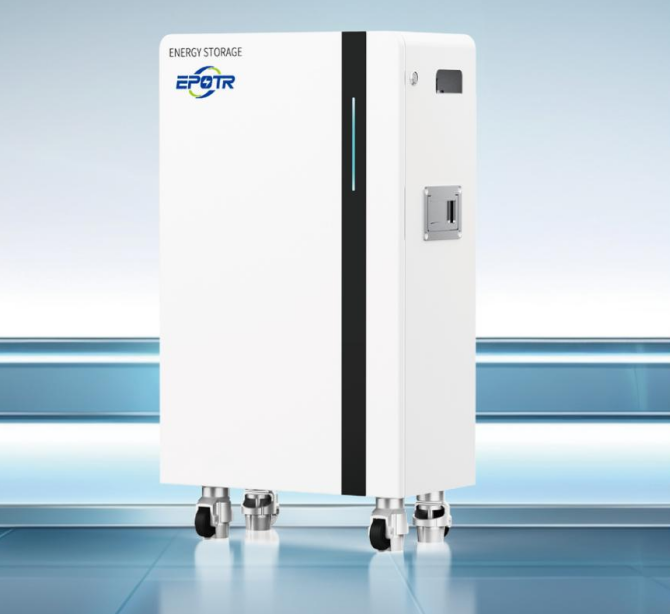
What Makes Battery Chemistry Crucial for Energy Storage?
Picking the right battery chemistry decides how good your energy storage runs at home. It touches on safety, the amount of power you can keep, and how long it lasts. Solar power needs storage to work well, so you want a chemistry that matches your situation without costing too much or causing dangers. This choice can calm fears about power going out or bills getting high. Plus, it’s nice to think about how it fits your daily life, like keeping the fridge on during a storm.
Safety and Thermal Stability
LFP chemistry in the Floor-standing ESS stops heat issues, keeping your house safe from getting too hot. It deals with temperatures up to 55°C without a hitch, which is great for hot summer days.
Energy Density and Efficiency
Long cycle life up to 6,000 cycles in the Wall Mounted ESS gives you years of use. It stores energy well for things like lights or fans every day, holding strong over time.
Cost and Environmental Impact
Cobalt-free LFP lowers prices and cuts down on trash, lining up with green dreams you might have for your kids. In places like Germany, where waste matters, this helps keep things clean and cheap.
Which Battery Types Are Gaining Popularity in ESS?
Batteries come in different flavors, and some are catching on fast for home use. With solar and wind growing, you’ll want to know which types hold up best. This helps you pick something that won’t let you down when the power dips.
Lithium Iron Phosphate (LFP)
The Floor-standing Residential ESS uses LFP, offering stable voltage from 44.8V to 57.6V and 95% depth of discharge for steady home power.
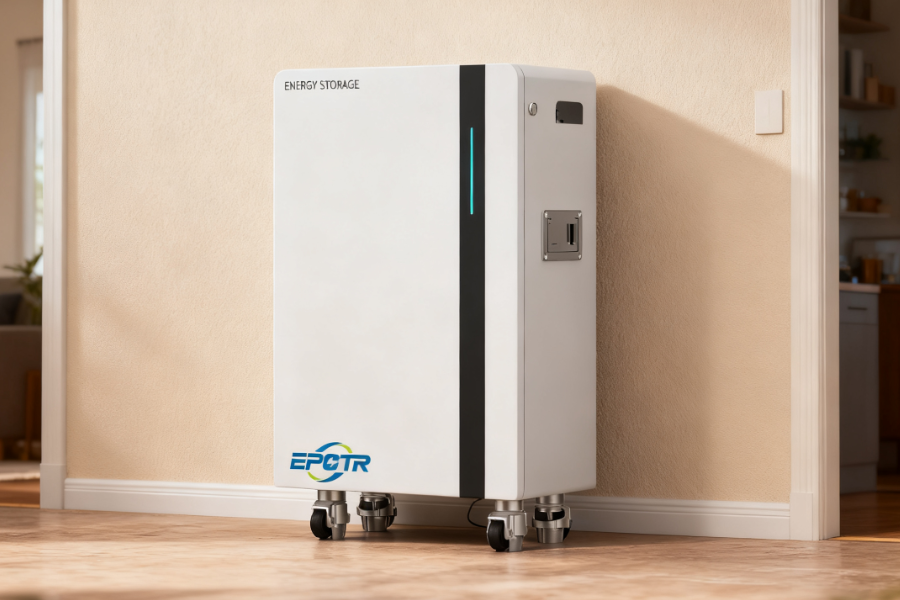
Lithium-Ion (NMC)
Common but less safe, this type is skipped in residential setups to avoid fire risks, unlike the safer LFP choice.
Lead-Acid
Cheap to start, yet it fades fast compared to LFP’s longer life and better efficiency in home systems.
Why Is LFP the Top Choice for Home Energy Storage?
LFP stands out as a go-to for home energy needs, and it’s worth considering for your setup. It tackles safety and durability concerns, making it a smart fit with solar panels. You can rely on it to keep your lights on without constant worry.
Proven Durability and Longevity
The Wall Mounted ESS gives 5.22kWh usable energy with 6,000 cycles at 90% depth of discharge, lasting over a decade with regular use.
Enhanced Safety Features
Built-in BMS in Floor-standing models guards against overcharge and short circuits, protecting your home day and night.
Seamless Integration with Renewables
Compatible with solar via CAN/RS485, it works smoothly with your setup, as seen in home energy systems.
How Do EPOTR’s Residential ESS Products Excel?
EPOTR’s home energy solutions bring something special to the table. They’re designed to fit your space and needs, whether you’ve got a big family or a cozy apartment. This can ease concerns about installation or future power demands.
Floor-Standing Design Advantages
Larger 15.07kWh capacity suits growing households, and no active cooling keeps maintenance low.
Wall-Mounted Space-Saving Benefits
The Wall-Mounted Residential ESS has its advantages. Space-Saving BenefitsCompact 5.22kWh unit with IP20 rating slips into urban homes, saving room without sacrificing power.
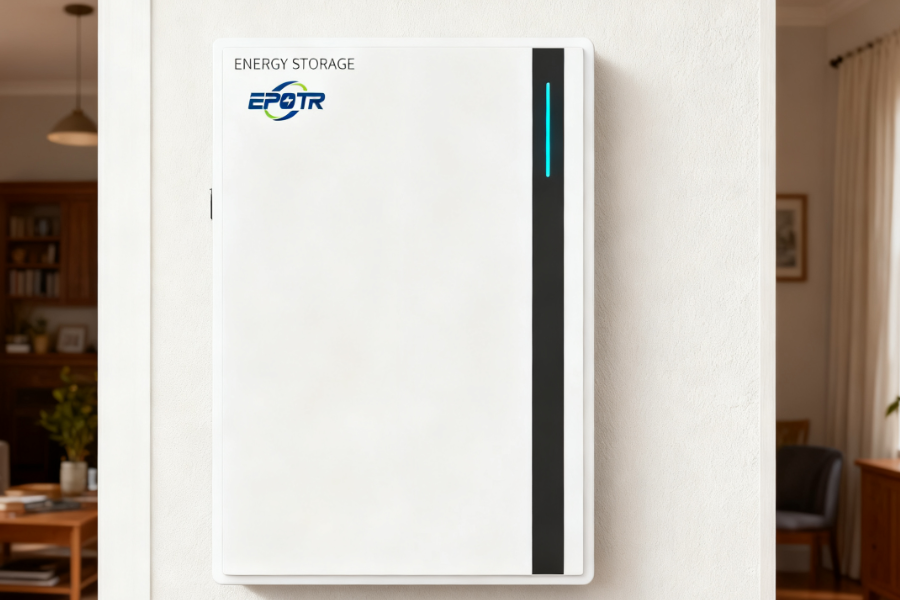
Scalability and Warranty
Up to 25 parallel units let you expand, plus a 5-year warranty gives you confidence in the investment.
What Are the Real-World Benefits of LFP in EPOTR Systems?
Using LFP in these systems brings practical perks you can feel at home. It’s not just tech talk; it saves money and keeps things running during outages. This addresses worries about costs or power reliability.
Cost Savings Over Time
Storing solar excess with 95% efficiency cuts electricity bills, a big help for monthly budgets.
Backup Power Reliability
Powers homes during blackouts, tested in RoHS-compliant designs that hold up under pressure.
Eco-Friendly Operation
Low maintenance and recyclable parts support a greener lifestyle, perfect for eco-conscious families.
How Can You Choose the Right ESS for Your Home?
Picking the best energy storage depends on your situation. You’ll want to match it to your power use and space, avoiding overspending or underperforming systems. This step can clear up confusion about what works for you.
Assessing Your Energy Needs
Calculate daily usage; the Floor-standing model fits high-demand families with its big capacity.
Installation and Compatibility
Easy wall or floor mount options work with solar, and contact page offers setup help.
Budget and Long-Term ROI
Initial cost pays off with LFP’s long life in the Wall Mounted model, saving money over years.
What’s the Future of Battery Chemistry in Energy Storage?
Battery tech keeps evolving, and it’s exciting to see where it’s headed. You might wonder how this affects your home power plans. Staying ahead means looking at what’s coming and how it fits your needs.
Emerging LFP Improvements
Higher densities in next-gen products promise more power for homes, building on current strengths.
Hybrid Chemistries on the Horizon
Blends might appear, but sticking to proven LFP ensures reliability for your setup.
Global Shift to Sustainable Batteries
Cobalt-free tech leads the way, with companies pushing greener options like those in use today. EPOTR is committed to advancing global sustainability while empowering individuals and industries to enjoy a higher quality of life through smarter energy systems.
FAQ
Q1: How safe are LFP batteries for home use?
A: They prevent thermal runaway and include BMS to stop overcharge, keeping your home secure.
Q2: Can I expand my ESS as my needs grow?
A: Yes, connect up to 25 units in parallel for more capacity when needed.
Q3: Do these systems work with solar panels?
A: Absolutely, they integrate via CAN/RS485 for smooth solar power use.
